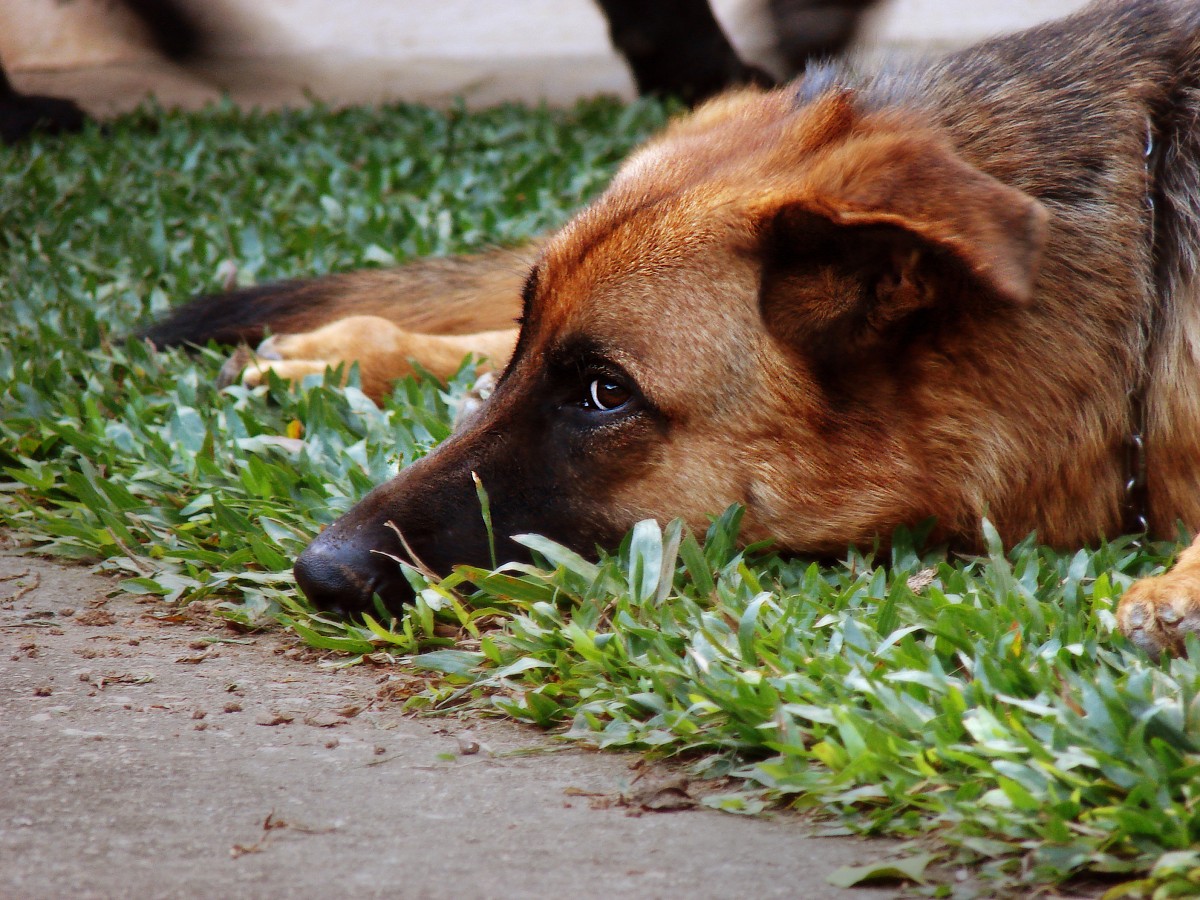Grass Won't Grow? Here's Why
 There are several reasons why grass won’t grow, including lack of sun, improper watering, poor soil and other diseases and problems. Check out this troubleshooting list if your grass needs some TLC.
There are several reasons why grass won’t grow, including lack of sun, improper watering, poor soil and other diseases and problems. Check out this troubleshooting list if your grass needs some TLC.
1. Not enough sun
The first potential problem in a yard, and sometimes the hardest to resolve, is heavy shade. Most grass varieties need at least six hours of direct sunlight daily. If your lawn gets less sun, consider a different grass species. Ask a landscaping expert for the latest recommendations for your area. Some varieties are more shade tolerant, but no lawn grasses will grow with less than two hours of direct sunlight per day.
If your grass won’t grow and it’s in the shadow of a large, old tree, abandon the lawn and learn to love the shady tree. The lawn may never grow in that site, where the tree canopy blocks precipitation and tree roots starve out the grass. Consider mulching the area or planting a more shade-tolerant groundcover.
2. Not enough nitrogen or phosphorus
The next potential growth inhibitor is easy to diagnose but trickier to solve. A lack of nitrogen or phosphorus can slow grass growth. Get a soil test through your local Cooperative Extension office to determine levels of nitrogen and other nutrients in your soil. If you mark the test as a grassy area, the soil lab can recommend the best mix of nutrients for the soil. Your local garden center can recommend the best fertilizer to provide these nutrients.
Take care not to overfeed the lawn, particularly with nitrogen. It is tempting to think that if a lack of nitrogen can inhibit growth, then an overabundance of nitrogen will promote vigorous growth. However, too much nitrogen causes thatch and other lawn problems.
3. Not enough water
Of course, grass needs water to grow. However, poor watering practices may actually stunt growth. Many homeowners make the mistake of watering too much or watering too frequently but never deeply enough. Shallow, frequent watering will lead to grass with shallow roots that doesn’t grow very well. Most lawns require 1 to 1.5 inches of water per week. If it doesn’t rain during a given week, turn the sprinklers on for long enough to collect one inch of water in a can set on the lawn. At most, split the watering into two half-inch intervals.
4. Cutting the grass too short
Finally, bad mowing habits can threaten your lawn. Mow the lawn high with a nice sharp blade, and don’t cut more than 30 percent of the blades each time you mow. Cutting more of the blades sends the roots into shock, and they will stop providing any growth for at least two weeks. Worse, grass that is scalped, or cut too short, may not start growing again for about a month. Scalped grass is also more susceptible to weeds and disease.
Also leave clippings on the lawn to provide protective cover for the roots, as well as valuable organic matter that breaks down quickly.
If your lawn isn’t growing, check its levels of sunlight, food and water, then review your mowing practices. With some thoughtful and honest analysis and remediation, your grass should return to healthy growth.
Updated December 17, 2017.
Looking for a Pro? Call us (866) 441-6648

Landscaping Average Costs
Landscapers Experiences

Landscaping Turns A Weed Patch Into A Great Little Zen Garden

I Built A Concrete Retaining Wall As A Defense Against El Nino



